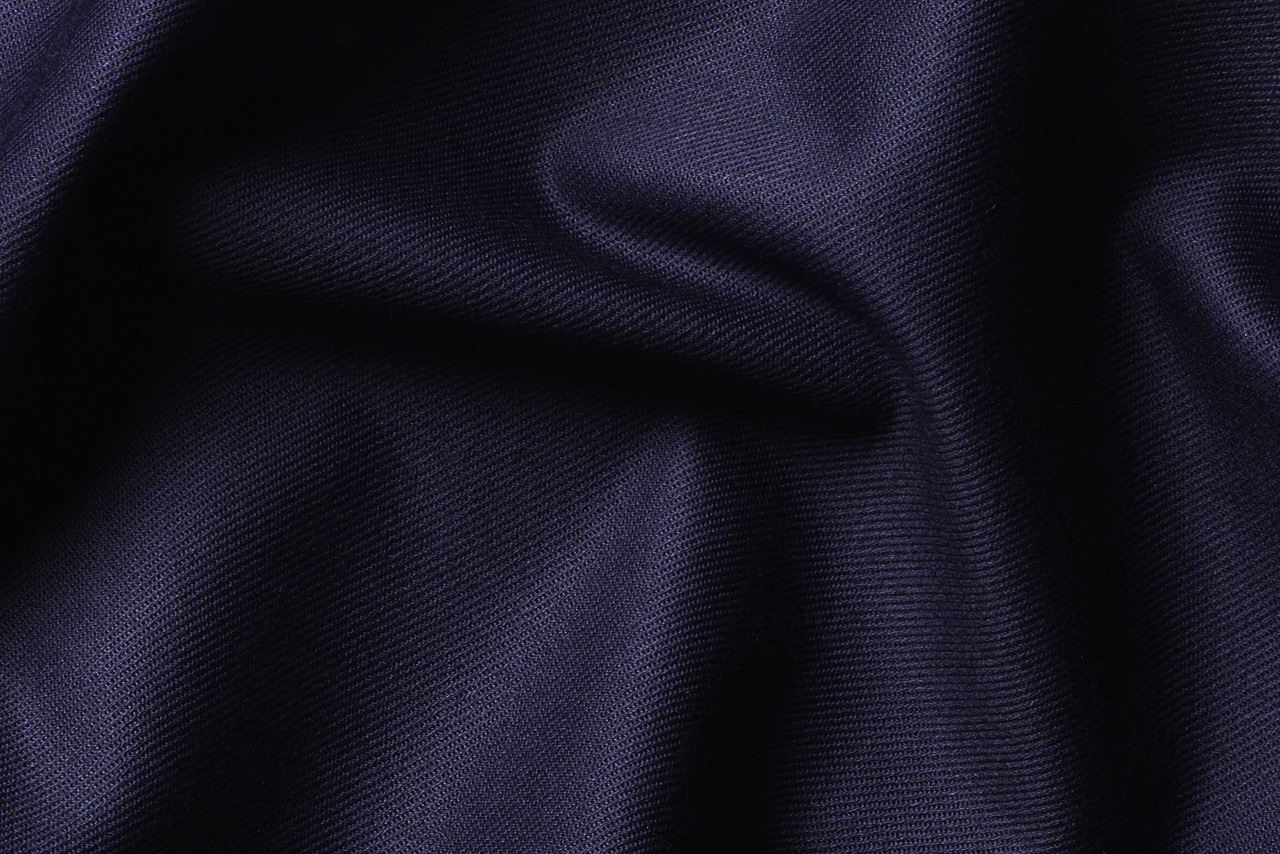How stretch FR fabrics are changing workwear in the Middle East

The Middle East’s industrial sector is synonymous with high-risk environments, particularly in oil and gas production. Workers face hazards such as flash fires, chemical splashes and electric arcs—all within the context of demanding conditions, including sweltering heat and long shifts. In response to these challenges, flame-retardant (FR) fabrics with stretch properties are emerging as the next generation of protective workwear, delivering comfort, safety and durability.
A Revolution in comfort and protection
Traditionally, FR fabrics prioritised protection over comfort. However, the increasing demand for ergonomic clothing has driven a shift towards stretch solutions. Thanks to innovations in textile engineering and the influence of modern fashion, these fabrics now combine unparalleled flexibility with the stringent safety standards required in high-risk industries.
Stretch fabrics such as Carrington Textiles’ Flametougher 290AS Flex and Flameflex 300AS demonstrate how this transition is not just a luxury but a necessity. Flametougher 290AS Flex, for example, incorporates 19.5% CORDURA® nylon 6,6 for exceptional durability and strength, blended with 78% cotton for lightweight comfort. At just 290gsm, it ensures workers maintain mobility without compromising on protection.
Meeting the needs of Middle Eastern workers, Flameflex 300AS, weighing 300gsm, provides a perfect balance of durability, flexibility and flame resistance. Its 83% cotton and 14% polyester composition ensures longevity, while 2% EOL fibres enable enhanced elasticity—critical for workers in physically intensive roles such as oil rig operations or refinery maintenance.
Paul Farrell, Carrington Textiles’ Sales Director, highlights: “These fabrics are not just about comfort, they’re about enabling workers to perform their duties safely and efficiently in some of the most demanding environments on the planet.”
Driving Innovation in worker safety
Flexibility in workwear isn’t just a matter of comfort, it’s a matter of safety. Restricted movement can lead to fatigue, reduced compliance with safety standards and accidents. Stretch FR fabrics excel in adaptability. Whether it’s a worker scaling scaffolding on an oil platform or handling maintenance in a petrochemical plant, garments made with stretch FR textiles allow for the unrestricted movement critical to performing tasks safely.
The rise of these type of fabrics also owes much to the fashion industry. Decades of innovation in stretch garments for everyday use have created a ripple effect in workwear. Workers increasingly expect the same level of comfort and fit in their protective clothing, and manufacturers are responding.
“Modern workers see their uniforms as part of their toolkit. They demand high performance from their workwear, and stretch fabrics deliver that by bridging the gap between comfort and performance,” Paul adds.
The future of protective workwear
As the Middle East continues to expand its industrial base, the demand for advanced safety solutions will only grow. Flame-retardant fabrics with stretch properties, such as Flametougher 290AS Flex and Flameflex 300AS, represent the cutting edge of protective clothing. They offer a compelling combination of safety, mobility and comfort, ensuring workers can perform at their best in challenging conditions.
To find out more about our range of protective workwear fabrics, feel free to visit us at Intersec 2025 at the World Trade Center in Dubai, between January the 14th and 16th, in hall 8, stand A12, or alternatively visit our website.
